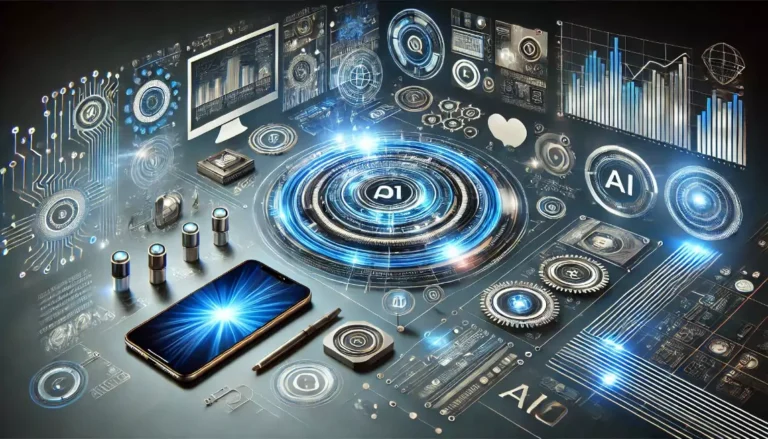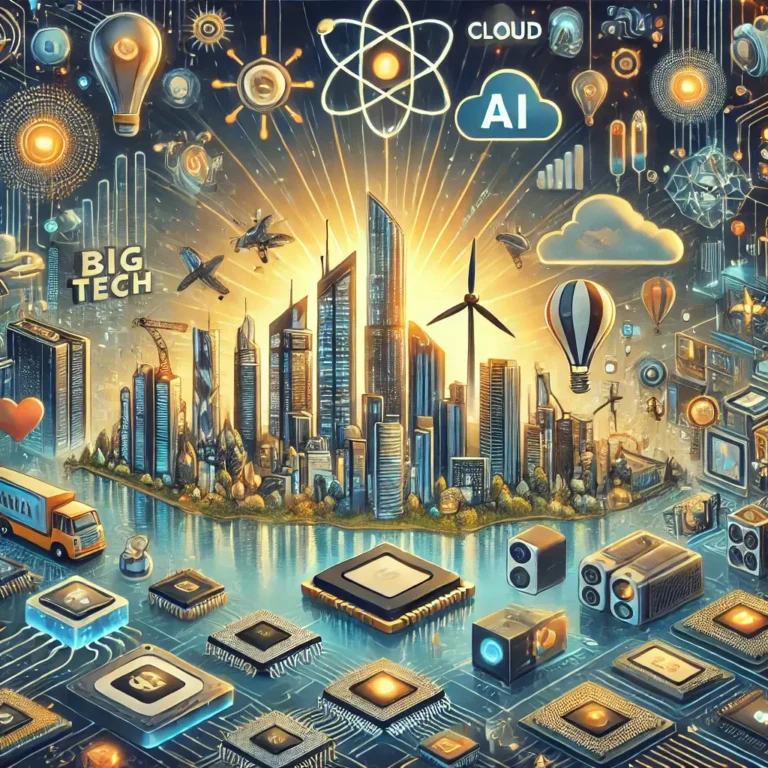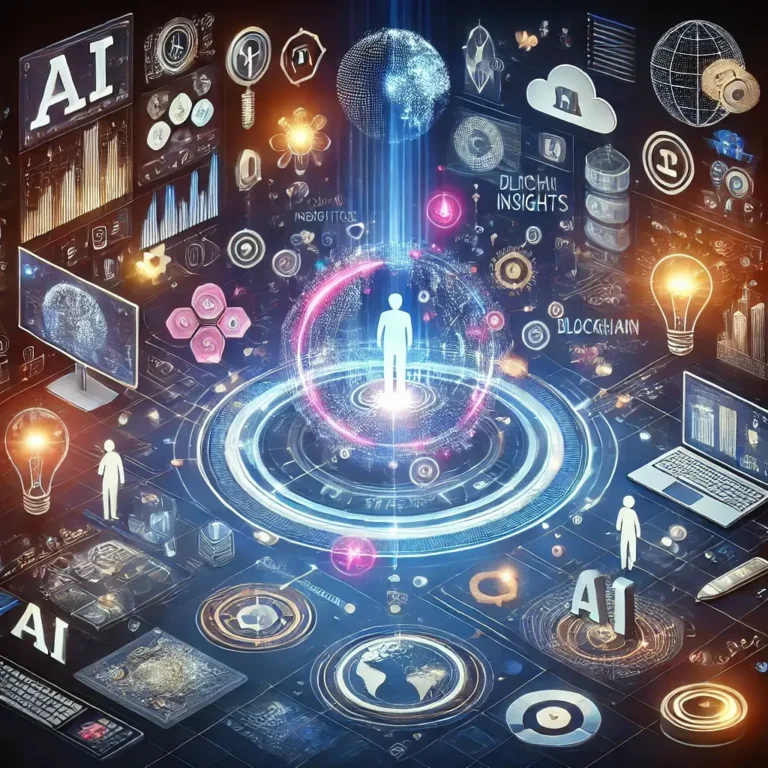Is Technology Addiction a Real Problem?
Introduction
In the modern digital age, technology Addiction has seamlessly integrated into nearly every aspect of our lives. From smartphones and tablets to streaming services and social media platforms, the convenience and capabilities of technology are unparalleled. However, with this ubiquitous presence comes a pertinent question: is technology addiction a real problem?
To answer this, we must delve into the definition of addiction, its manifestations in technology use, its psychological and societal implications, and how individuals can manage their relationship with technology.
Understanding Technology Addiction
Addiction, at its core, is characterized by compulsive behavior despite adverse consequences. Traditionally associated with substances like drugs or alcohol, addiction has expanded in scope to include behaviors such as gambling, gaming, and, increasingly, technology use.
Technology addiction refers to an excessive dependency on digital devices and platforms to the extent that it disrupts daily life, relationships, and mental health. While not formally recognized as a disorder in the Diagnostic and Statistical Manual of Mental Disorders (DSM-5), terms like “internet addiction” and “smartphone addiction” have gained traction among psychologists and researchers.
Manifestations of Technology Addiction
Technology addiction can manifest in various forms, depending on the individual’s primary use of technology. Some common types include:
- Social Media Addiction: Platforms like Facebook, Instagram, and TikTok are designed to be engaging, often leveraging algorithms to keep users scrolling. For some, this leads to compulsive usage, feelings of inadequacy from comparison, and an inability to disconnect.
- Gaming Addiction: Online gaming and eSports offer immersive experiences that can lead to excessive play. The World Health Organization (WHO) has even recognized “Gaming Disorder” as a condition, highlighting its potential for addiction.
- Smartphone Dependency: The average person checks their phone over 100 times a day. For some, this constant connectivity becomes a compulsion, interfering with work, sleep, and social interactions.
- Streaming Addiction: Platforms like Netflix and YouTube encourage binge-watching through autoplay features and personalized recommendations. Prolonged screen time can lead to neglect of responsibilities and physical health.
- Work and Productivity Tools Overuse: Tools designed for efficiency, like email and productivity apps, can ironically lead to burnout when used excessively.
Causes of Technology Addiction
Several factors contribute to the rise of technology addiction:
- Dopamine Rewards: Technology usage triggers dopamine release in the brain, creating a cycle of pleasure and reward. Social media likes, gaming achievements, and notifications all exploit this mechanism.
- Accessibility: Unlike traditional addictions, technology is always available, making it easier to fall into patterns of overuse.
- Design Features: Many platforms employ features that encourage prolonged engagement, such as infinite scrolling, push notifications, and gamification.
- Escapism: For some, technology serves as a refuge from stress, loneliness, or real-life challenges.
Impacts of Technology Addiction
Psychological Effects
- Anxiety and Depression: Excessive use of technology, particularly social media, has been linked to increased feelings of anxiety, depression, and low self-esteem.
- Sleep Disorders: Screen time, especially before bed, disrupts the natural sleep cycle by suppressing melatonin production.
- Reduced Attention Span: Constant notifications and multitasking degrade the ability to focus and maintain sustained attention.
- Addictive Behavior: Technology addiction shares characteristics with other addictive behaviors, such as tolerance, withdrawal, and relapse.
Physical Health Consequences
- Eye Strain: Prolonged screen use causes digital eye strain, characterized by dryness, irritation, and blurred vision.
- Sedentary Lifestyle: Excessive screen time contributes to physical inactivity, increasing the risk of obesity and related health conditions.
- Repetitive Strain Injuries: Frequent typing and swiping can lead to issues like carpal tunnel syndrome.
Social and Relational Impact
- Isolation: Ironically, the hyper-connectivity provided by technology can result in feelings of loneliness and isolation.
- Relationship Strain: Overuse of technology often leads to neglect of personal relationships, causing friction among family and friends.
- Work-Life Imbalance: The inability to disconnect from work emails and notifications exacerbates stress and hampers work-life balance.
Is Technology Addiction Comparable to Substance Addiction?
While there are clear parallels, technology addiction differs from substance addiction in key ways:
- Physical Dependency: Substance addiction involves physiological changes, whereas technology addiction primarily affects psychological and behavioral patterns.
- Detrimental Effects: Substance abuse often has more immediate and severe physical consequences, while technology addiction’s impacts may be subtler but equally damaging over time.
However, both share characteristics like impaired control, compulsive behavior, and the prioritization of the addictive element over other life aspects.
Addressing Technology Addiction
If you suspect technology addiction is affecting your life or the life of someone you know, the following steps can help:
1. Awareness and Self-Assessment:
Recognizing the problem is the first step. Tools like screen time trackers can provide insights into usage patterns.
2. Setting Boundaries:
- Designate tech-free zones, such as bedrooms and dining areas.
- Implement time limits for specific apps and activities.
3. Mindful Usage:
Practice mindfulness to stay present and intentional in technology interactions. For instance, pause before unlocking your phone to assess whether the action is necessary.
4. Alternative Activities:
Engage in hobbies, physical exercise, and face-to-face interactions to reduce reliance on technology for entertainment or connection.
5. Professional Help:
If technology addiction severely impacts daily functioning, consider seeking therapy. Cognitive-behavioral therapy (CBT) has proven effective in addressing compulsive behaviors.
6. Leveraging Technology:
Ironically, technology itself can aid in combating addiction. Apps like Freedom, Forest, and Moment help users limit screen time and focus on real-life tasks.
Role of Society and Policy
Addressing technology addiction is not solely an individual responsibility. Governments, organizations, and tech companies must also play a role:
- Educational Campaigns: Public awareness campaigns can inform users about healthy technology habits.
- Regulation of Tech Companies: Policymakers can enforce guidelines on addictive design practices, such as limiting autoplay features and promoting digital well-being tools.
- Corporate Responsibility: Companies should prioritize user well-being by offering transparency in algorithmic practices and integrating features that encourage breaks.
Final Thoughts
Technology is undoubtedly a double-edged sword. Its potential for innovation, connectivity, and convenience is unparalleled, yet its overuse can lead to significant challenges. Recognizing technology addiction as a real problem is the first step toward fostering a healthier relationship with our digital devices.
By balancing awareness, personal boundaries, and societal efforts, we can harness the benefits of technology while mitigating its risks. The goal is not to reject technology but to use it mindfully and intentionally, ensuring it serves as a tool for enhancement rather than a source of dependency.
For More Information, Check out NetworkForbe






